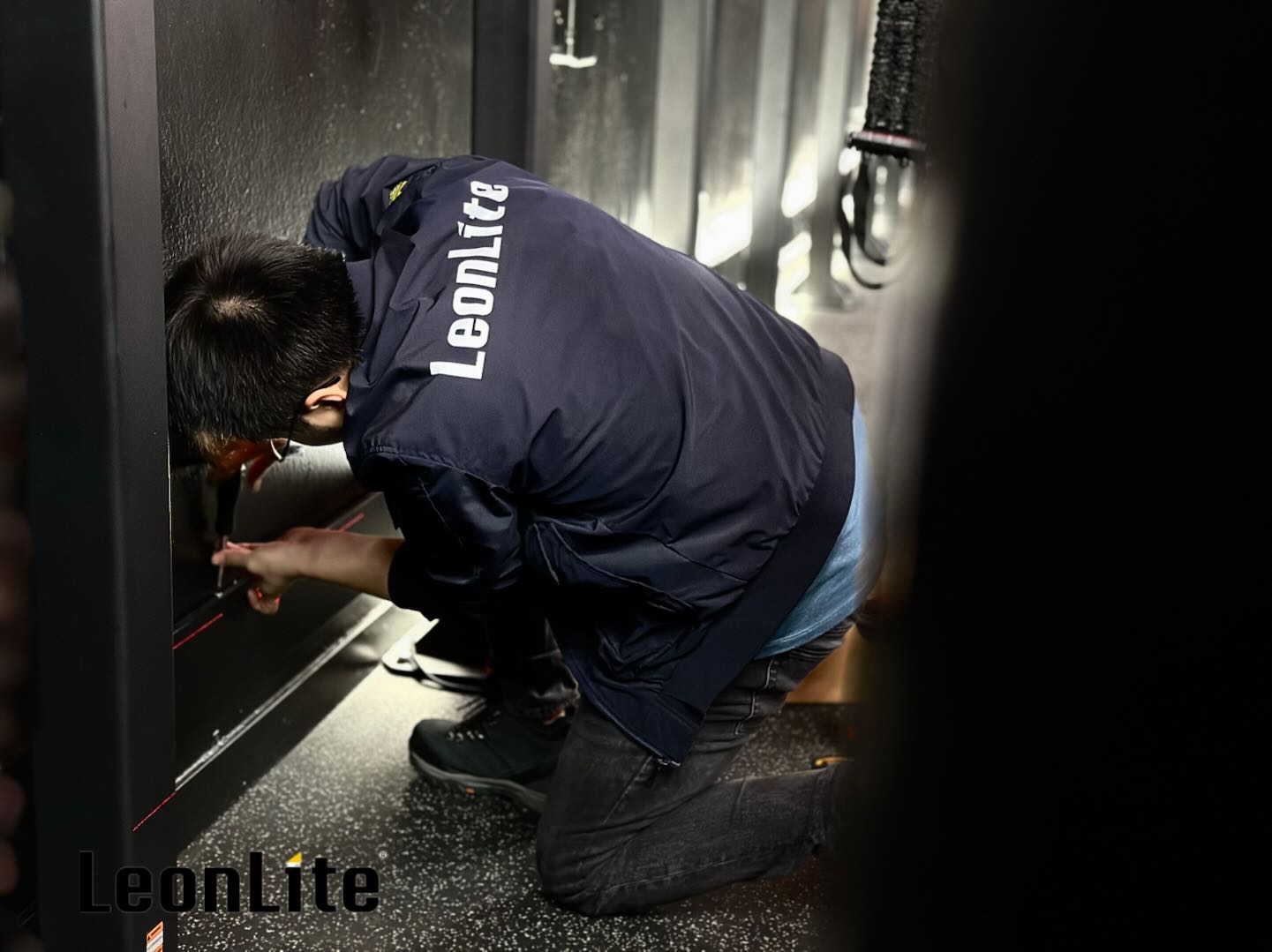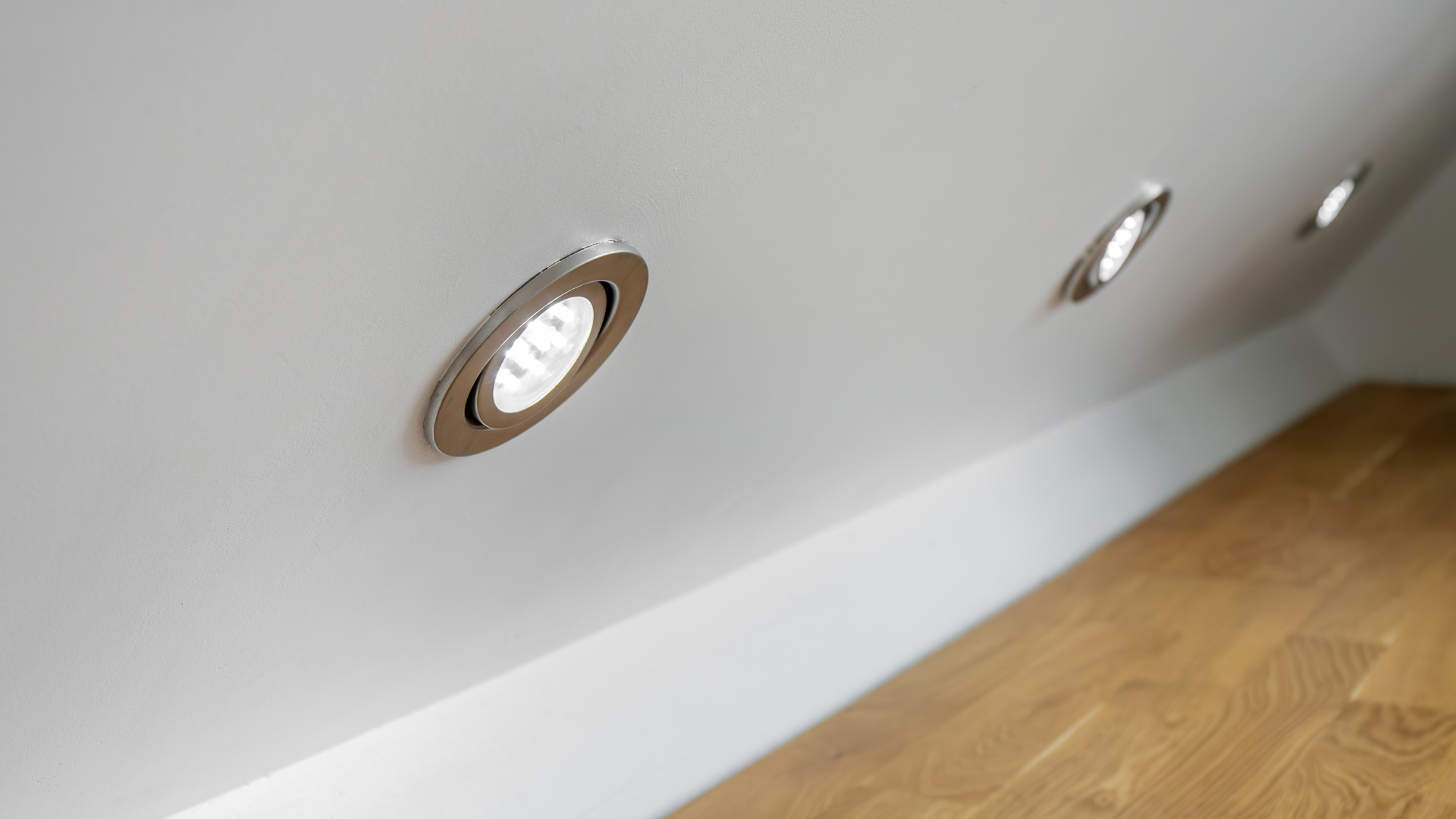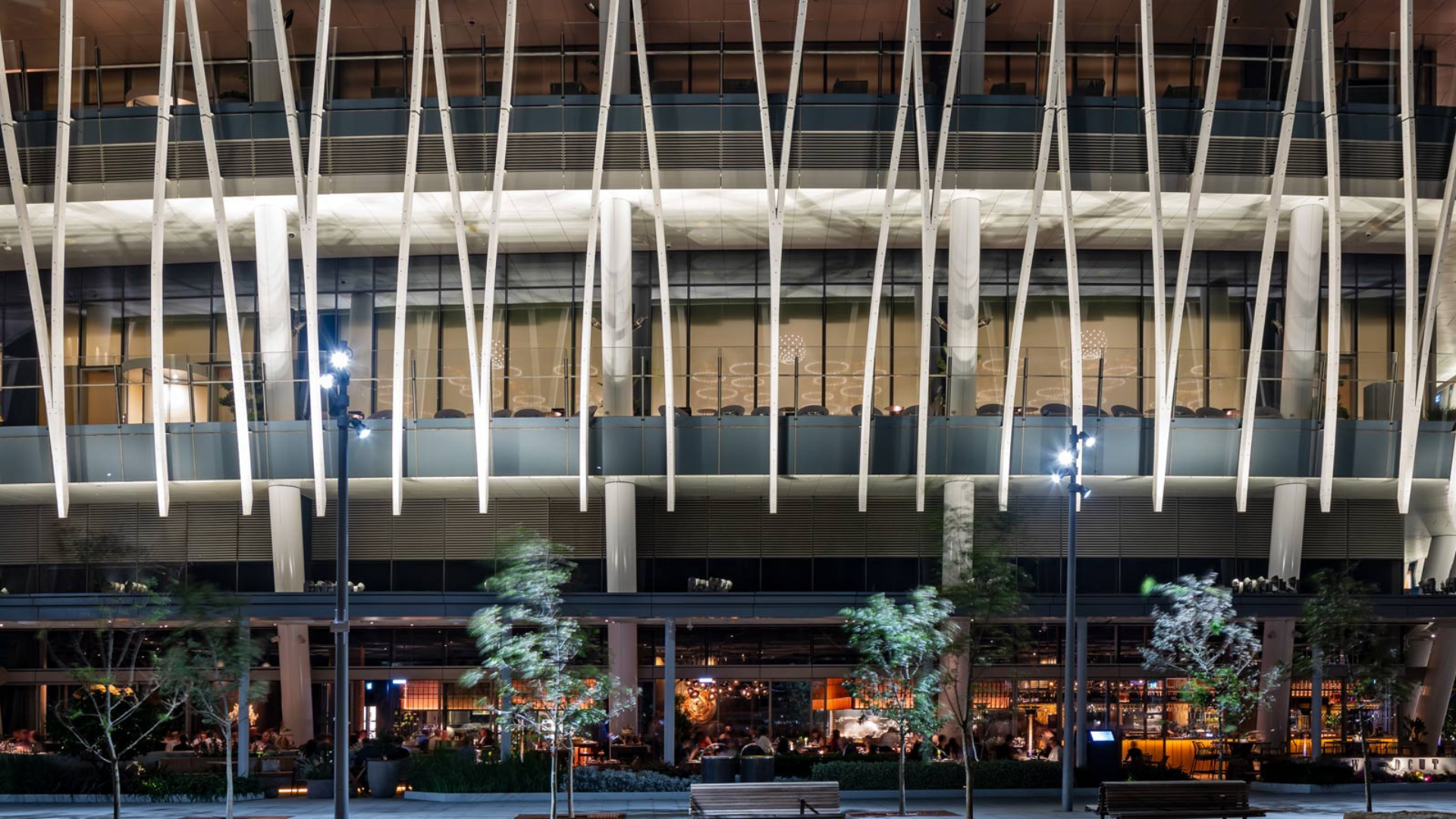Info Leonlite
14-09-2023
How Did We Arrive at Modern LEDs?
A Brief Overview of Lighting Evolution

How Did We Arrive at Modern LEDs? A Brief Overview of Lighting Evolution
From the early days of incandescent lights to the modern era of LEDs, the journey of artificial lighting has been transformative. Before the dominance of LED bulbs, incandescent and fluorescent lights were the primary sources of illumination. The quest for efficient lighting began with Edison's invention of a durable light bulb, building upon earlier works like Davy's platinum filament and Lindsay's incandescent light. As technology progressed, the Compact Fluorescent Light (CFL) emerged as a more efficient alternative to traditional bulbs. However, the real revolution in lighting came with the invention of the LED bulb, which began with an infra-red LED by Biard and Pittman and evolved with contributions from pioneers like Holonyak and Nakamura. Today, LEDs stand out as the pinnacle of lighting efficiency, offering a range of color temperatures and high Color Rendering Index (CRI) values, making them suitable for various applications.
* Prices seem high? Could be multi-unit packs. Check your cart for details.
Table Of Contents
- The Genesis of the Iconic Light Bulb
- The Evolution of Compact Fluorescent Lighting
- Evolution of the LED Bulb
- LED Lighting: The Pinnacle of Modern Illumination
- Conclusion
The Genesis of the Iconic Light Bulb
What drove Edison to invent the light bulb? His vision was clear: to design a source of illumination that was both steady and affordable for the average individual.
The journey to Edison's groundbreaking patent in 1880 was paved by decades of prior research. Notably, Sir Humphrey Davy's groundbreaking work with a platinum filament in 1802 marked the birth of the incandescent light. Later, in 1835, James Lindsay furthered the cause with his durable incandescent light.
However, these early iterations came with a hefty price tag, making them a luxury even for the affluent. Edison's genius lay in his relentless experimentation. His eureka moment came with the introduction of a bamboo filament, which boasted an impressive lifespan of 1,200 hours, setting a new benchmark in the industry.
But Edison's contributions didn't end with the bulb. He went on to pioneer various technologies that facilitated the broader adoption of light bulbs in everyday life. One such innovation was the conduit system, a revolutionary method to distribute electricity from a central generator.
Despite Edison's monumental advancements, by the mid-20th century, a glaring issue persisted: incandescent bulbs converted a whopping 90% of their energy into heat rather than light. This inefficiency prompted researchers to delve deeper, seeking more sustainable and energy-efficient solutions. As the years progressed, this quest led to the development of compact fluorescent lights and, eventually, the LEDs we rely on today, which are not only energy-efficient but also environmentally friendly.

The Evolution of Compact Fluorescent Lighting
Back in the 1890s, when electric lighting was still in its infancy, both Thomas Edison and Nikola Tesla recognized the potential of fluorescent lamps. Their early prototypes, however, faced challenges. The technology, although promising, was not efficient enough to meet the demands of commercial production.
Peter Cooper Hewitt's contribution in the early 20th century was pivotal. He developed a fluorescent light that, in terms of efficiency, outshone the traditional incandescent bulbs. However, its distinct blue-green tint made it less versatile. This color was due to the specific type of phosphor coating used inside the bulb, which determined the color of the light emitted.
The 1970s energy crisis acted as a catalyst for innovation in the lighting industry. Edward Hammer at General Electric, inspired by Sylvania's foundational research, introduced a groundbreaking design. He ingeniously coiled the fluorescent tube, giving birth to the compact fluorescent light (CFL) we recognize today. This spiral design not only reduced the bulb's size but also optimized light distribution.
Initially, the cost of producing CFLs was high due to the complexity of integrating all necessary components into a compact design. But technological advancements in the late 20th century, including improvements in electronic ballasts and phosphor formulations, led to cost reductions. By the 1990s, CFLs underwent a transformation: they became more streamlined, cost-effective, and energy-efficient. Modern CFLs, with their refined designs, consume between 50-75% less energy than their incandescent counterparts and have a lifespan that's up to ten times longer.
Furthermore, as the technology matured, manufacturers introduced CFLs with varied color temperatures, from warm white to cool daylight, catering to diverse lighting needs. Today, while LEDs are gaining prominence, the journey and innovations of CFLs remain a significant chapter in the history of lighting.
* Prices seem high? Could be multi-unit packs. Check your cart for details.
Evolution of the LED Bulb
In 1961, while at Texas Instruments, James Robert Biard and Gary Pittman unveiled an infra-red LED light. Its minuscule size, however, limited its practical applications. The earliest LEDs, introduced during this period, emitted low-intensity infrared light. These were primarily used in remote-control circuits for various consumer electronics.
The following year, Nick Holonyak, Jr., often referred to as the “Father of the LED,” developed the first visible, red LED at General Electric. The 1960s saw a surge in LED research. Scientists and engineers, aiming to enhance LED efficiency, delved deep into semiconductors. Their efforts bore fruit with the emergence of bright red and orange LEDs.
By 1972, M. George Craford, during his tenure at Monsanto, combined a red and a green diode to produce a soft yellow light. Notably, Craford's LED was approximately ten times brighter than Holonyak’s creation. Monsanto then took the lead, becoming the pioneer in LED mass production.
The journey of LED innovation didn't stop there. By the early 1990s, advancements in substrate materials led to the production of LEDs in bright green, orange-red, orange, and yellow. A significant breakthrough came in 1994 when Shuji Nakamura introduced ultra-bright blue LEDs, laying the groundwork for modern commercial LEDs.
The creation of white LEDs was another milestone. Scientists achieved this by coating blue LEDs with fluorescent phosphors. This innovation caught the attention of the U.S. Department of Energy, which championed the further enhancement of white LEDs for widespread commercial and residential applications.
As LEDs underwent a transformation in the 1970s, they evolved from being mere indicators to illuminating devices, with advancements producing LEDs in visible, ultraviolet, and infrared wavelengths. Today, LEDs have a myriad of applications, from aviation lighting and automotive headlamps to medical devices and horticultural grow lights. Their rapid switching capabilities have also made them invaluable in advanced communication technologies.



LED Lighting: The Pinnacle of Modern Illumination
In today's lighting landscape, LED (light-emitting diode) lights reign supreme, primarily due to their unparalleled energy efficiency. When you compare them to the traditional 80-watt incandescent bulb, an LED achieves the same luminosity with just 12 watts. This efficiency stems from LEDs' ability to transform nearly all their energy directly into light, a stark contrast to incandescents that lose much of their energy as heat.
Historically, LEDs faced challenges similar to the early versions of incandescents and fluorescents. They were initially a luxury, both costly and limited in their color offerings. However, technological advancements have transformed LEDs, making them not only affordable but also diverse in color and boasting impressive color rendering indexes (CRIs).
Initially, the LED market predominantly offered a blue-white light. But with advancements, we now see a spectrum ranging from warm, inviting golden hues (2200K-2700K) suitable for residential living areas and lobbies, to the energizing, clear blue-tinted 5000K LEDs. This daylight-like clarity of the 5000K LEDs is perfect for reading, working, or any activity demanding heightened attention. Meanwhile, the 4000K LEDs emit a bright white light, ideal for spaces like kitchens and workshops.
The Color Rendering Index (CRI) plays a pivotal role in understanding LED quality. A higher CRI means colors appear truer to the human eye. On a scale from 0-100, a perfect score of 100 replicates the clarity of natural sunlight. General-use lights typically score 80 or above on this scale. However, for tasks requiring precise color differentiation, lights with a CRI above 90 are preferred.
Diving deeper into the LED evolution, it's fascinating to note their growing applications in niche areas. For instance, the medical field now uses specialized LEDs for certain equipment, ensuring accurate diagnosis and treatment. Similarly, the entertainment industry has embraced LEDs for stage lighting, offering a range of effects and hues. Even our streets and traffic systems have been upgraded with LEDs, ensuring clearer signals and safer roads. This widespread adoption of LEDs underscores their versatility and the promise they hold for a sustainable, energy-efficient future.
* Prices seem high? Could be multi-unit packs. Check your cart for details.
conclusion
The evolution of lighting has been a remarkable journey, transitioning from the rudimentary incandescent bulbs to today's highly efficient LED technology. Edison's pioneering work laid the foundation, with his bamboo filament bulb offering consistent light. However, the inefficiencies of incandescent bulbs, which wasted significant energy as heat, led to the development of Compact Fluorescent Lights (CFLs). These became more affordable and efficient by the 1990s. The LED era began with Biard and Pittman's infra-red LED, but it was Holonyak's visible red LED that marked a significant turning point. Continued innovations, especially Nakamura's ultra-bright blue LEDs, paved the way for the versatile and energy-efficient LEDs we use today. These modern LEDs not only consume a fraction of the energy of traditional bulbs but also offer a spectrum of color temperatures suitable for various environments. Furthermore, their high Color Rendering Index (CRI) ensures accurate color representation, enhancing visual experiences. In essence, the lighting industry's advancements underscore a commitment to sustainability, efficiency, and enhancing human experiences.
FREQUENTLY ASKED QUESTIONS (FAQS)
Author

INFO-Leonlite
Tags
History of lighting
incandescent lights
CFLs
LED lights



